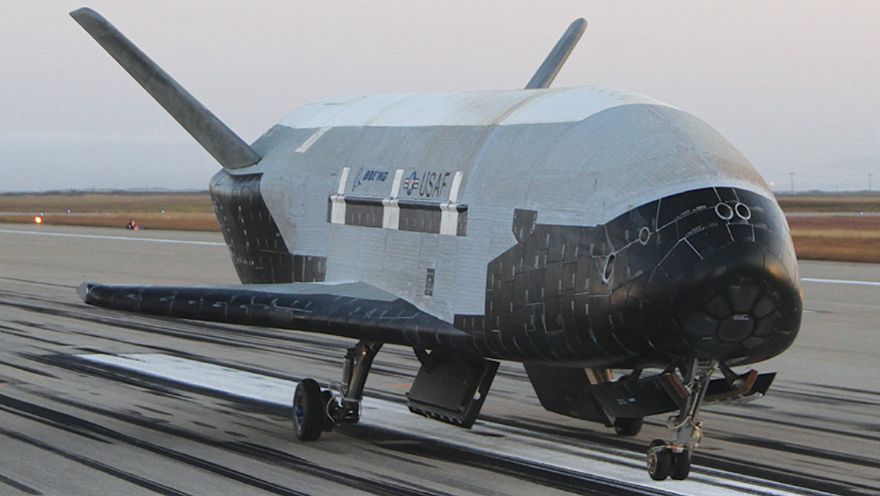
The
Boeing-built X-37B will soon perform a series of advanced aerobraking manoeuvres, taking the spaceplane from a highly elliptical orbit (HEO), where it has been operating since December 2023, and lowering its altitude using minimal fuel. This will be the first time that Boeing, the United States Space Force (USSF), and the X-37B attempt this ‘novel demonstration’.
Michelle Parker, vice president of Boeing’s Space Mission Systems, said: “Space is a vast and unforgiving environment where testing technologies is critical to the success of future endeavours. There is no other space platform as capable, flexible and manoeuvrable as the X-37B, and its next demonstration will be another proof point that this test vehicle sets the pace of innovation.
“During aerobraking, the X-37B will use the drag of Earth’s atmosphere to slow it down, reducing the vehicle’s energy and changing the orbit while expending minimal fuel. The Service Module disposal will be conducted in accordance with established standards for space debris mitigation, and the X-37B’s orbit change will occur in a safe and responsible manner. Once aerobraking is complete, the X-37B will resume its test and experimentation objectives.”
The X-37B is one of the world’s newest and most advanced re-entry spacecraft, designed to operate in low-earth orbit, 150-500 miles above the Earth. The vehicle is the first since the Space Shuttle with the ability to return experiments to Earth for further inspection and analysis. This United States Air Force unmanned space vehicle explores reusable vehicle technologies that support long-term space objectives.
The X-37B has a ‘lifting body-style and landing profile’ that is similar to the Space Shuttle, but the vehicle is one-fourth the size. The on-orbit duration of the X-37B will vary based on flight requirements but it can perform flights lasting up to 270 days.